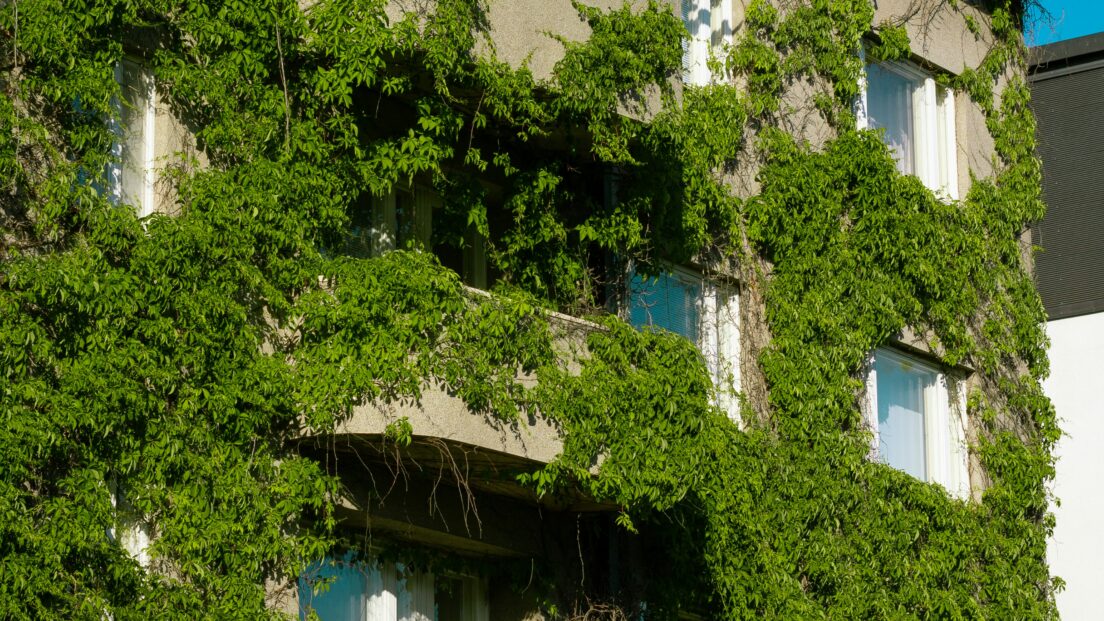Energy generation and cooling: façades at the centre of research

Lucerne University of Applied Sciences and Arts (HSLU) has analysed the potential for greenery and solar panels on building facades. According to the corresponding study and statements by researcher Silvia Domingo, the two can be combined well. The reservations of building owners are also taken into account.
HSLU researchers have explored the potential for greenery and solar panels on building façades in the GreenPV project. “While the benefits of PV systems and greenery are already being increasingly utilised on roofs, they have largely not been used on façades to date,” HSLU researcher Silvia Domingo is quoted as saying in a press release issued by the university about the project. However, they could contribute to closing the gap in winter electricity, among other things. This is because “the energy yield of a PV system is higher on a south-facing façade in the winter months than on a roof due to the low angle of inclination of the sun caused by the season”, explains Domingo.
In addition to their cooling effect, green façades also contribute to biodiversity and the reduction of sound propagation. Air quality is also improved through the binding of pollutants and the production of oxygen. According to the HSLU researchers, greenery and photovoltaics (PV) can be combined well on façades. “PV comes into its own where a high level of energy generation is possible, i.e. on an unshaded façade on the upper floors,” says Domingo. Greenery, on the other hand, should be installed on the lower storeys and in inner courtyards.
The authors have identified financing and a lack of guidelines and experience as obstacles for building owners. The appearance of a façade completely clad in black solar panels is also not to everyone’s taste. For this reason, the HSLU has already tested alternative colours and textures in another project.